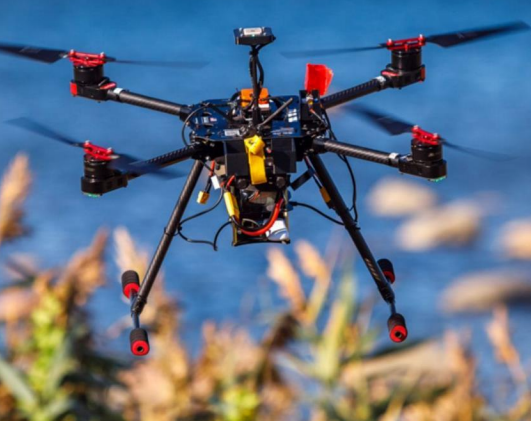The SESAR GOF research project has published a white paper entitled Validation of integrated multi-stakeholder architecture following two waves of very large demonstrations addressing integrated urban airspace.
Among outcomes, GOF2.0 was a key step in implementing strategic deconfliction schemes to real life situations, says the white paper. The Commercial off the Shelf (COTS) systems from different stakeholders in the project were successfully integrated and subjected to acid test situations by means of implementing complex scenarios in live demonstrations. The drone operators and the passenger eVTOL operators were able to successfully integrate with the USSPs within the GOF2.0 project and they feel better prepared to meet the flight operations and flight safety requirements of the integrated airspace.
The proceedings from the GOF2.0 project are being leveraged further by the project partners, such as, Frequentis, DroneRadar, Aviamaps, Unmanned Life, Dimetor, Vaisala and Airbus to develop their respective subsystems into mature products for commercial UTM applications. Vaisala which tested Wind LIDARs for weather prediction within GOF2.0 plans to leverage the learnings also in their existing industries e.g., renewable energy applications. Likewise, Robots Experts intends to utilize the findings and outcomes of GOF2.0 to provide professional consulting services to ATM, UTM and IAM stakeholders.
GOF2.0 VLD consisted of two waves of demonstration exercises called Wave 1 and Wave 2. Wave 1 demonstrated that the GOF2.0 system of systems was operational and established a baseline functionality with only strategic (pre-flight) conflict resolution while Wave 2 added more automation. Each wave contained trials in three types of operating environments:
1. Trial 1 – Dense operations in CTR (in VLL airspace)
2. Trial 2 – Entering and leaving airspaces (including controlled/uncontrolled airspace as well as U-space airspace/non-U-space airspace both in VLL and above)
3. Trial 3 – Cross-border operations in all types of airspace in VLL and above.
In addition, a roadshow was completed in three countries outside GOF2.0 consortium – Denmark, Latvia and Sweden, to demonstrate the scalability of the GOF2.0 system of systems through a limited set of scenarios involving both local unmanned and manned aircraft operators.
In the white paper, a blueprint architecture for all the flight trials is explained. Information exchange services based on SWIM Standards within the defined Architecture are also identified and the GOF2.0 architecture is put into context with the ongoing regulatory work. The document also gives an overview about the GOF2.0 demonstration approach including the reference test scenarios, the deconfliction methods and the success criteria used for evaluation.
The key findings from all the flight trials are also summarized here. Furthermore, multiple IAM stakeholders have been interviewed within the scope of this deliverable and based on their feedback, the business models and strategies employed in different business segments of the IAM industry have been presented. Finally, the strategies for exploiting the GOF2.0 technologies and learnings have been listed.
GOF2.0 demonstrated a unified air operation traffic management with high levels of automation serving both manned and unmanned aircraft in a safe, interconnected, distributed, interoperable, efficient, scalable and environmentally optimized manner. Highly automated separation assurance in dense airspace – specifically in areas where urban mobility and aerodrome traffic is expected – is becoming a critical capability to efficiently manage a unified airspace. Integrated trajectory management service based on flight plan information and real-time surveillance combined with a digitally connected environment provide the basic safety net for all aviators.
The main objective of GOF2.0 was to build on GOF U-space project and other SESAR projects to validate the orchestration and operation of available state-of-the-art COTS components and services to create a dynamic operating environment for manned and unmanned aircraft to operate safely in a shared airspace along with the provision of enhanced safety net/deconfliction functionalities to maintain separation between aircraft and to lower air and ground risks.
Download the white paper here
For more information visit:




